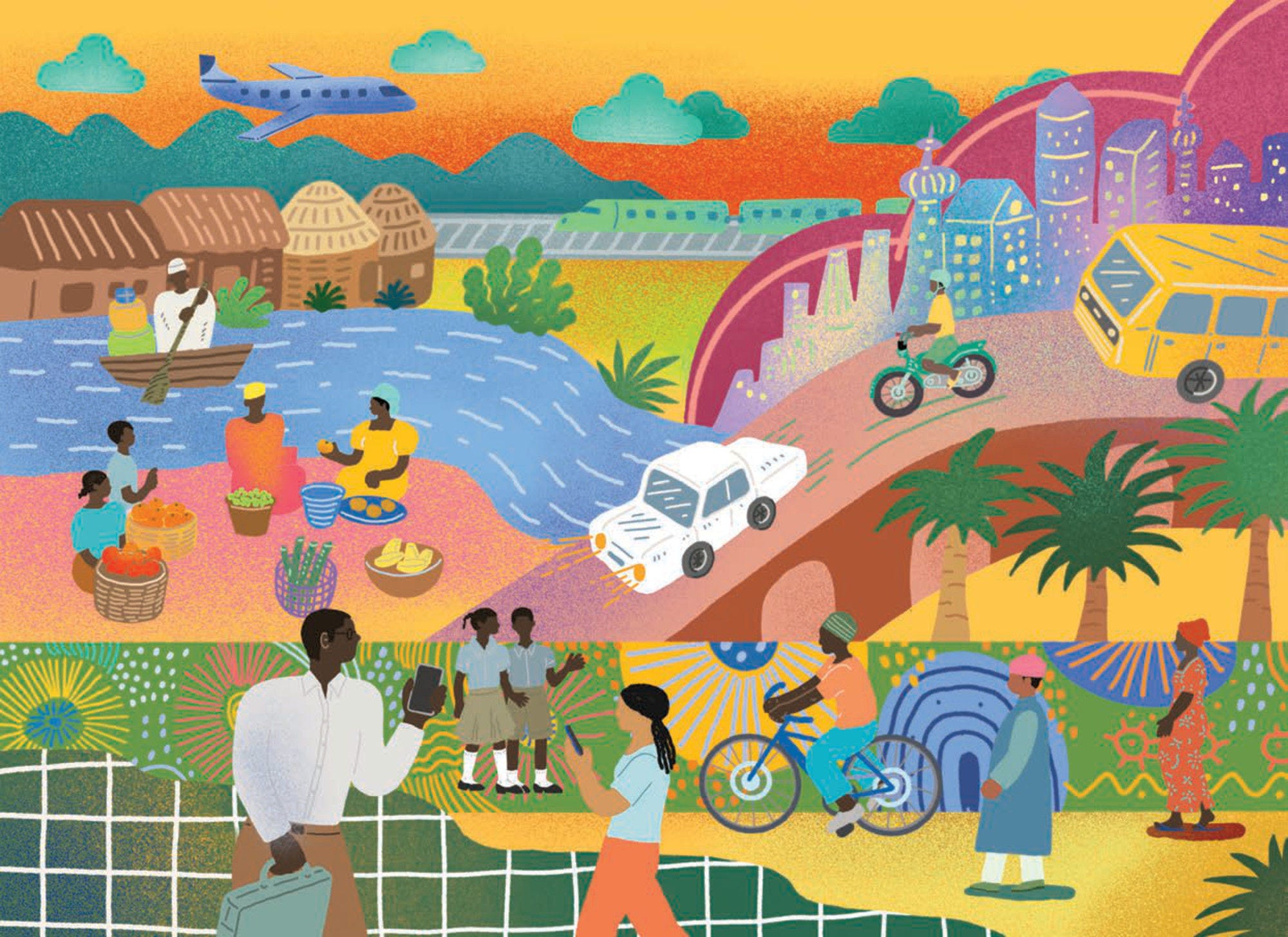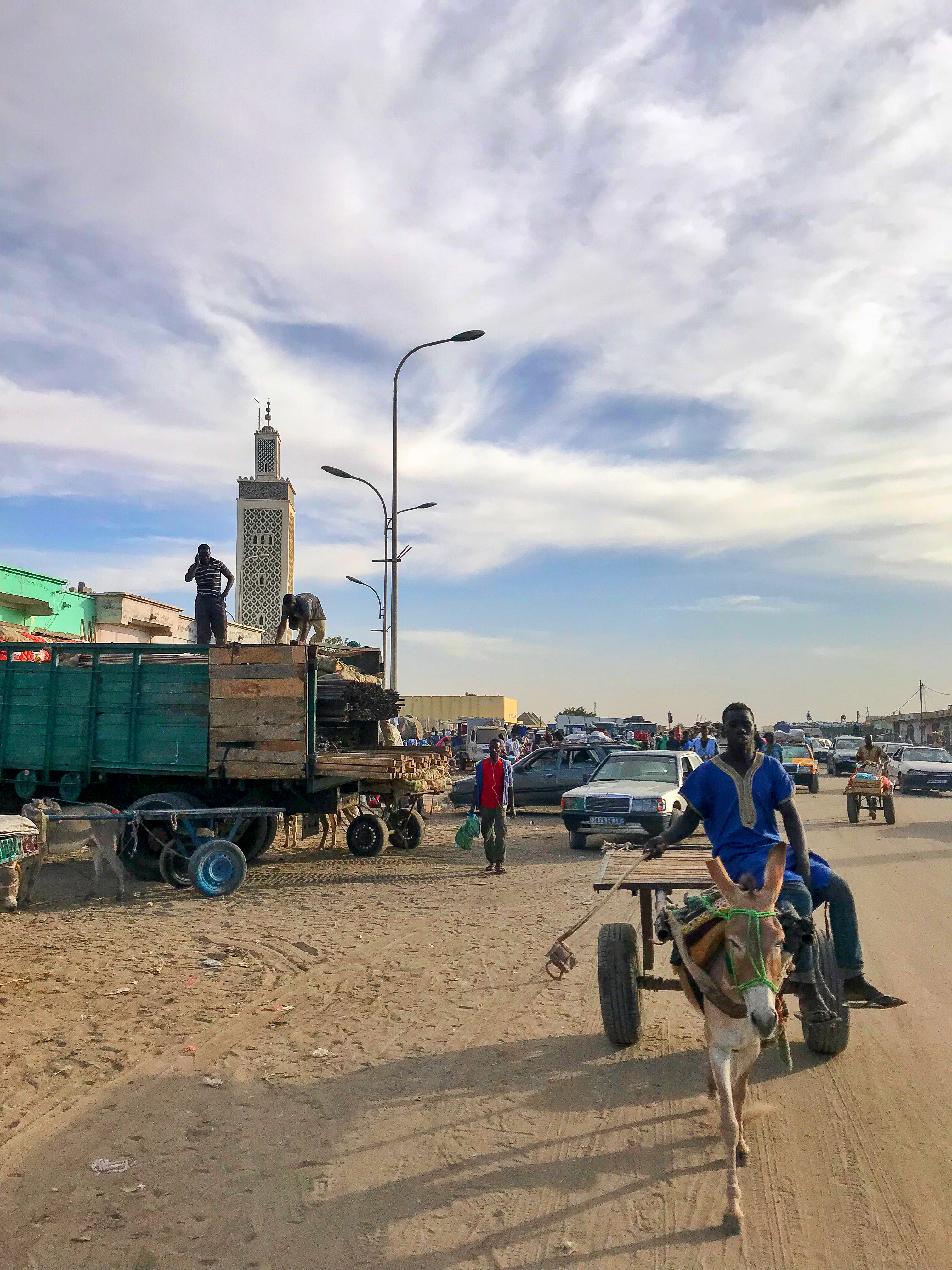Comparing regions, regions and local areas across countries is a challenging task. Definitions that rely on administrative or legal boundaries are not comparable across countries. The OECD develops and uses territorial definitions and typologies for international comparisons. Territorial indicators experts and the OECD Geospatial Lab support these efforts
Regions, cities and local statistics
Improving people's well-being requires sound evidence-based policies. We produce indicators for regions, cities and local areas in all areas of well-being. We promote international comparability, as well as the use of cutting-edge methods and new sources of data. Our network of experts advises on best practices for the production and use of high-quality statistics.
Key links

Key messages
Within country inequalities have shown to be wide and persistent in the past two decades. OECD Regions and Cities at a Glance provides a large set of indicators for regions and cities. It sheds lights on within-country disparities in socio-economic, demographic and environmental trends.
Municipal governments often have a mandate to provide services and carry our investments. The municipal and local data platform provides indicators on a wide range of topics including demography, economy, labour, environment, and transport. The platform integrates official statistics and unconventional data sources such as satellite imagery.
Context
The OECD regional well-being web tool
Comparable measures can inform policies and empower communities to enact change. You can measure well-being in your region and compare it with 394 other OECD regions. The tool summarises indicators across eleven well-being dimensions.
Measuring the distance towards the SDGs web tool
How far are regions and cities from achieving the 2030 Sustainable Development Goals? This tool measures the distance towards the SDGs in over 100 indicators for over 600 regions and 600 cities of OECD and partner countries.
Latest insights
Related publications
Related events
Related policy issues
-
Shrinking Smartly and Sustainably flyerLearn more
-
Brussels Blueprint for affordable cities and housing for all flyerLearn more
-
Our work on urban systems proposes place-based analysis and policy guidance to help cities of all sizes and their regions to address the multifaceted challenges cities face today, including addressing demographic change, advancing decarbonisation, and fostering social justice.Learn more
-
Productivity and innovation underpin long-term economic growth and competitiveness of regions. They can help regions transition their economic structures and ensure sustainable wage growth for workers. Regions can follow different paths to unlock their potential, pushing the global knowledge frontier in some areas and focusing on uptake and diffusion of innovation in others. With effective governance, innovation policy can be a lever for place-based regional government. To help regions unlock their productivity and innovation potential, understanding the local drivers for productivity growth, the regional innovation system and its bottlenecks and the interplay with policies at different levels of government is key.Learn more
-
Many places in the OECD face declining and ageing populations. This trend will continue. 14 OECD countries are expecting to lose population by 2040. In some regions this trend will be lasting and strong, with some projected to lose 20% or more of their population by 2050. Strong population shrinkage brings challenges that are best addressed at the regional and local level. For example, the costs of services and infrastructure provision rise per person, while quality and access risks declining. Affected regions typically struggle with labour and skill shortages, deteriorating real estate values, eroding tax bases and vacant buildings. The effects vary across regions: while people often migrate from rural to urban regions, some cities and towns are also affected by population decline. Local policies, delivered with national support, are necessary to foster well-being, economic and environmental sustainability. They need to cover government finances, infrastructure and service provision as well as multilevel governance.Learn more
-
Regions, cities, and rural areas are key to addressing global environmental challenges, including climate change. Effective solutions require concerted efforts in areas such as land use, infrastructure, and economic activity transformations. Subnational governments are strategically positioned to spearhead responses, overseeing, on average, 63% of climate-related public expenditure and 69% of climate-related public investment, alongside broader powers over skills, housing, transport, waste, water, energy, and land use.Learn more







